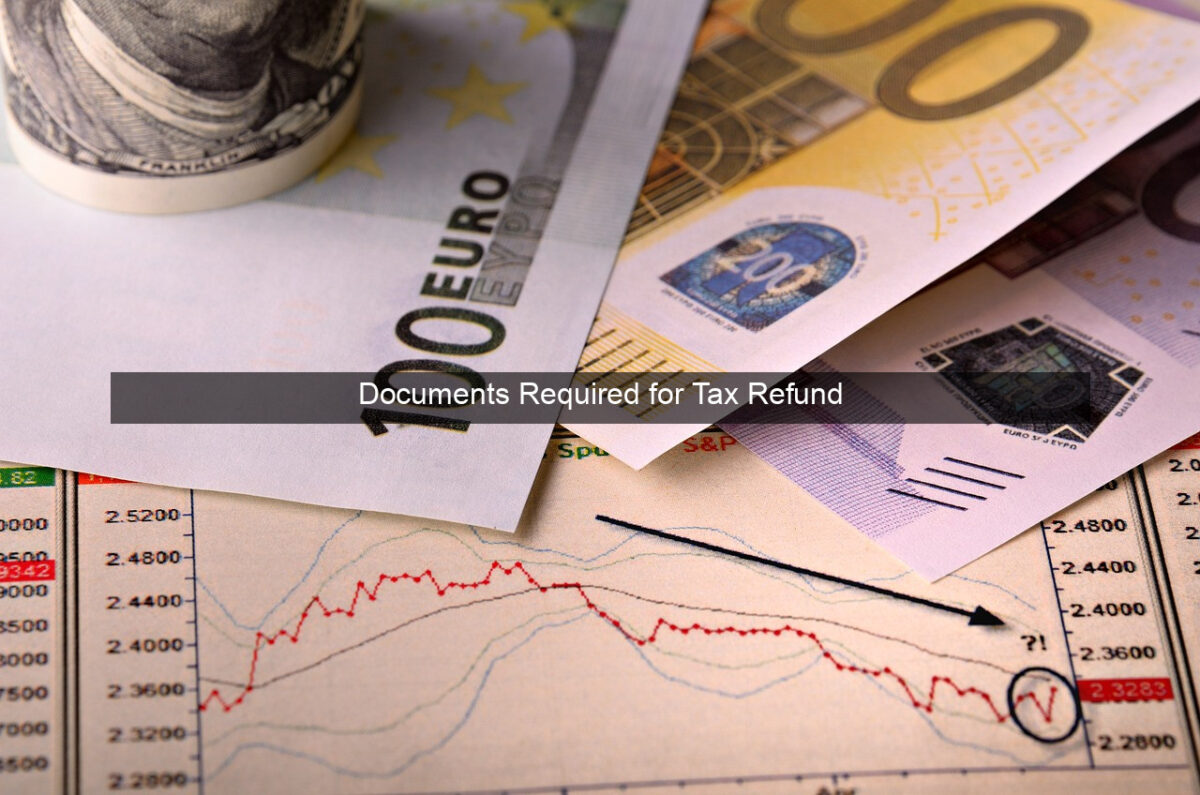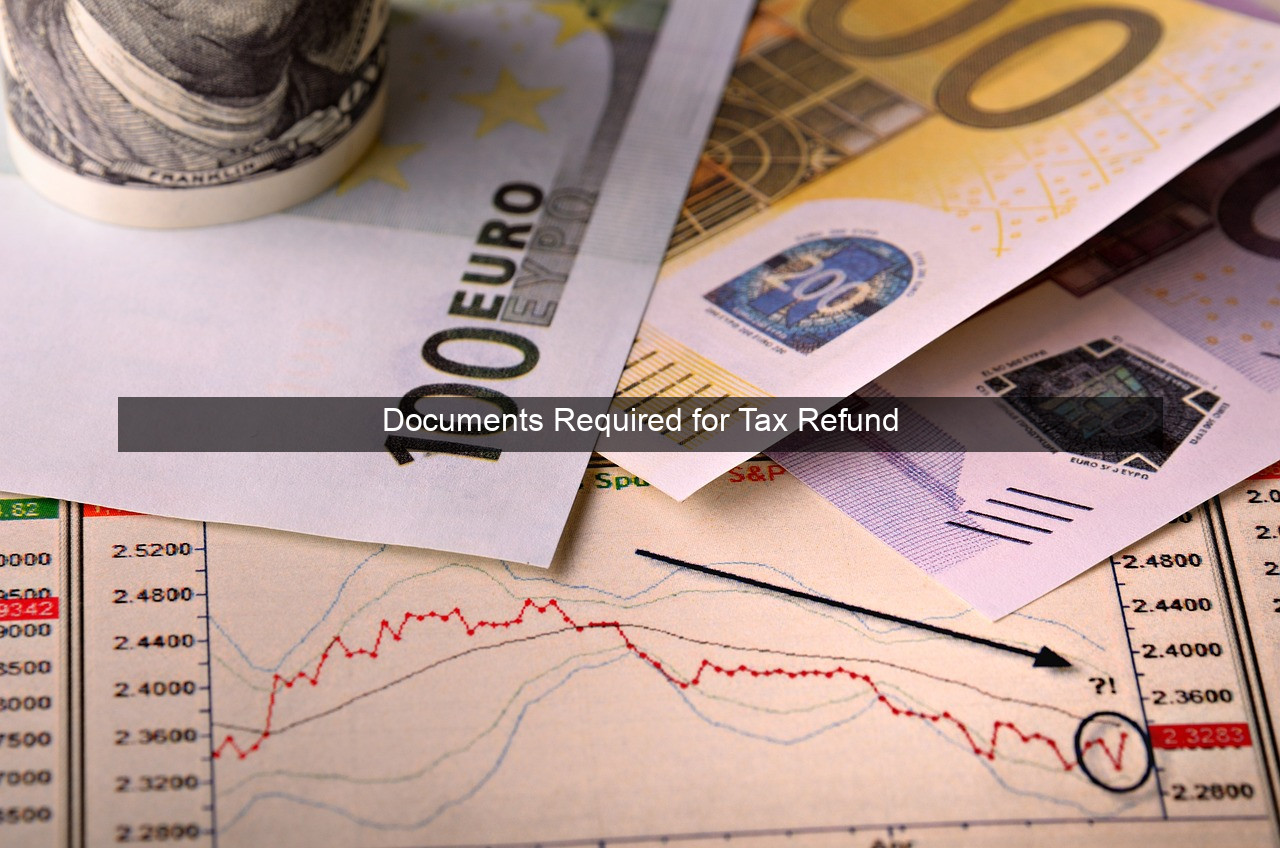Documents Required for Tax Refund

- Documents Required for Tax Refund
- Claiming Your Tax Refund: A Comprehensive Guide to Required Documents
- Essential Documents for Employees (W-2)
- W-2 Forms: Your Income and Withholding Statement
- Supporting Documents for Deductions and Credits
- Identity Verification: Social Security Numbers and Birth Dates
- Documents for Self-Employed Individuals (1099)
- Form 1099: Reporting Income from Independent Contracting
- Tracking Expenses: The Key to Maximizing Deductions
- Schedule C: Profit or Loss from Business
- Additional Documentation for Specific Situations
- Itemized Deductions: Supporting Your Claims
- Investment Income: Reporting Dividends and Capital Gains
- Rental Income: Documenting Property Expenses
- Conclusion

Claiming Your Tax Refund: A Comprehensive Guide to Required Documents
Navigating the tax refund process can often feel like traversing a complex maze. Understanding the necessary documentation is key to a smooth and successful claim. This guide provides a clear overview of the essential documents you’ll need to gather to ensure a timely and accurate refund. From W-2s to 1099s and beyond, we’ll break down the specifics for various filing situations. A well-prepared approach can significantly expedite the process and minimize potential delays, putting your refund back in your pocket where it belongs. Don’t let confusion or missing paperwork hold you back; equip yourself with the knowledge to confidently navigate the tax refund landscape.

Essential Documents for Employees (W-2)
W-2 Forms: Your Income and Withholding Statement
The W-2 form is the cornerstone of your tax return if you’re an employee. It details your annual earnings and the taxes withheld from your paycheck. Your employer is required to provide you with this form by the end of January. Ensure you receive a W-2 from each employer you worked for during the tax year. This form is crucial for accurately calculating your tax liability and claiming the correct refund amount. Without it, the IRS cannot verify your income and withholdings, potentially delaying your refund.
Supporting Documents for Deductions and Credits
Beyond the W-2, various other documents can substantiate deductions and credits, maximizing your refund. These might include receipts for charitable donations, student loan interest payments, or childcare expenses. Meticulous record-keeping throughout the year simplifies this process. Organizing these documents beforehand streamlines filing and ensures you don’t miss out on valuable deductions. Remember, every eligible deduction lowers your taxable income, potentially increasing your refund.
Identity Verification: Social Security Numbers and Birth Dates
Accurate identification is paramount in the tax refund process. You’ll need your Social Security number (SSN) and date of birth, as well as those of any dependents you claim. Double-checking these details for accuracy is essential to avoid processing errors. Incorrect information can lead to delays or even rejection of your return. Ensure you have these vital details readily available when preparing your return.
Documents for Self-Employed Individuals (1099)
Form 1099: Reporting Income from Independent Contracting
If you’re self-employed or an independent contractor, Form 1099 is your equivalent of the W-2. Clients who paid you $600 or more during the tax year should issue you a 1099-NEC. This form reports your earnings, allowing the IRS to track your income. Keep in mind that you’re responsible for paying self-employment taxes, which cover Social Security and Medicare.
Tracking Expenses: The Key to Maximizing Deductions
As a self-employed individual, meticulous expense tracking is crucial for maximizing deductions and minimizing your tax burden. Maintain records of all business-related expenses, including office supplies, travel, and marketing costs. These deductions can significantly lower your taxable income, leading to a larger refund. Organized records also simplify the audit process should the IRS inquire about your deductions.
Schedule C: Profit or Loss from Business
Schedule C is where you report the profit or loss from your business. This form requires detailed information about your income and expenses. Accurate completion of Schedule C is essential for determining your taxable income and claiming the correct refund. It provides a comprehensive overview of your business’s financial performance for the tax year.
Additional Documentation for Specific Situations
Itemized Deductions: Supporting Your Claims
If you choose to itemize deductions instead of taking the standard deduction, you’ll need supporting documentation. This includes receipts for medical expenses, property taxes, and state and local taxes. Itemizing can be beneficial if your total itemized deductions exceed the standard deduction. Keep thorough records to substantiate your claims and maximize your potential refund.
Investment Income: Reporting Dividends and Capital Gains
If you have investment income, such as dividends or capital gains, you’ll need documentation like Form 1099-DIV or 1099-B. These forms report your investment earnings, which are subject to taxation. Accurate reporting is crucial for complying with tax regulations and avoiding penalties.
Rental Income: Documenting Property Expenses
If you receive rental income, you’ll need to report it on Schedule E. Keep records of all rental income and expenses, including mortgage interest, property taxes, and repairs. These expenses can be deducted against your rental income, potentially reducing your tax liability.
| Document Type | Purpose | Who Needs It? |
|---|---|---|
| W-2 | Reports wages and withholdings | Employees |
| 1099-NEC | Reports income for independent contractors | Self-employed individuals |
| Schedule C | Reports profit or loss from business | Self-employed individuals |
- Double-check all information for accuracy.
- Keep organized records of all supporting documents.
- File your return electronically for faster processing.
Conclusion
Gathering the correct documentation is the first step towards a successful tax refund claim. By understanding the specific forms and supporting documents required for your individual situation, you can streamline the process and ensure a timely refund. Proper preparation not only minimizes potential delays but also empowers you to confidently navigate the tax landscape. While this guide provides a comprehensive overview, consulting a tax professional can offer personalized guidance based on your unique circumstances.
What is a W-2 form?
A W-2 form is provided by employers to employees, detailing their annual earnings and taxes withheld.
Who needs a 1099 form?
Independent contractors and self-employed individuals receive 1099 forms from clients who paid them $600 or more.
What is Schedule C used for?
Schedule C is used by self-employed individuals to report profit or loss from their business.
What if I don’t have all the required documents?
Contact the relevant parties (employers, clients, etc.) to obtain missing documents. You can also request an extension to file your return if needed.
How can I track my expenses for deductions?
Use spreadsheets, accounting software, or dedicated expense tracking apps to maintain organized records.


